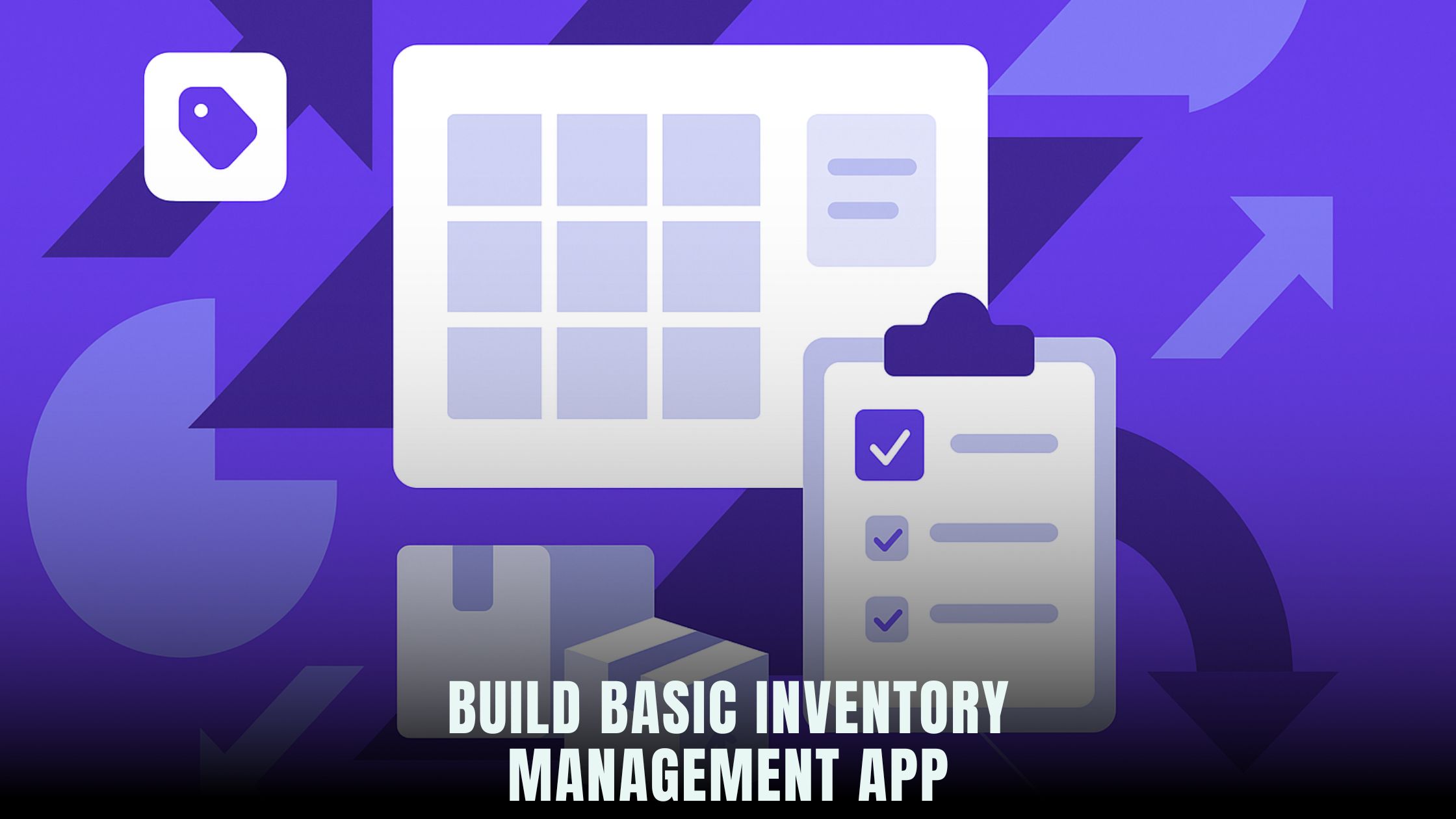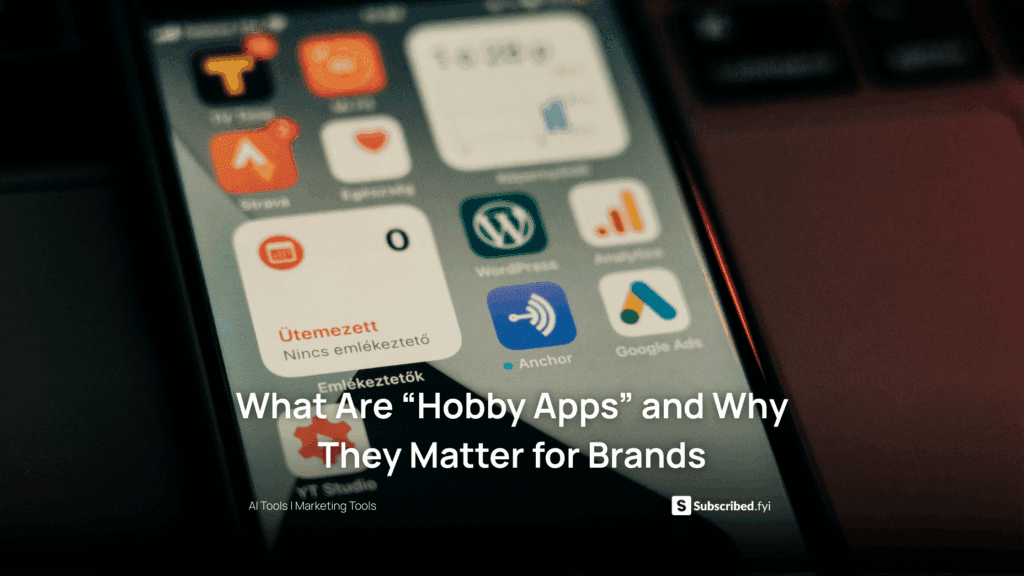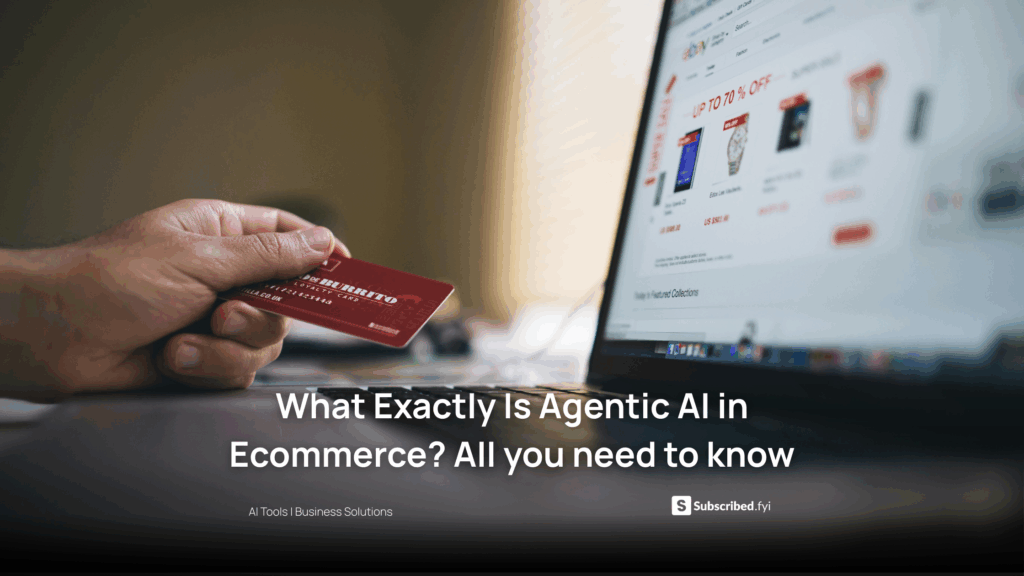How to Build a Basic Inventory Management App?
- WebOps Platforms Bug Tracking & Feedback Software Web Development & Design Website Builder


Managing stock by hand can turn into a nightmare of lost orders and disappointing customers. No-code platforms have changed the game, and one standout solution is Hostinger Horizons. With this AI-driven builder, you can go from zero to a fully functional inventory app without writing a single line of code. For a broader view of no-code options, check out the AI-Powered Website Builders List, where you’ll find tools designed for everything from simple databases to complex business dashboards.
A solid inventory management app tracks products, monitors stock levels, and alerts you when it’s time to reorder. Traditional development takes weeks or months, but with Hostinger Horizons, you describe your requirements in plain English—“Create a product table with name, SKU, quantity, and reorder alert”—and the AI chat interface builds it instantly. If you’d like to prototype layouts before committing, consider Bolt Builder for its drag-and-drop simplicity, or explore Tempo Prototyping for quick mockups. However, only Horizons bundles hosting, domains, secure SSL, and expert support into one seamless experience, so you focus on your business, not servers.
Planning Your Inventory Management App
Start by listing the core features you need. At a minimum, an inventory app should let you:
-
Add, edit, and delete product entries
-
View current stock levels at a glance
-
Receive low-stock alerts via email or dashboard notification
-
Generate basic reports on stock movement
If you plan to expand into order processing, include features like order entry, customer records, and invoice generation. Sketch a simple flowchart: products flow into a central database, stock levels update automatically, and alerts fire when thresholds are crossed.
Choosing Your Data Structure
An effective inventory system relies on a well-designed database. Common tables include:
-
Products: name, SKU, description, category
-
Stock: product ID, current quantity, minimum threshold
-
Suppliers: supplier name, contact details
-
Orders: order ID, customer, date, status
No-code platforms such as V0 Minimalist Themes offer clean table layouts you can adapt, while Cursor AI Tools helps with data relationships. In Hostinger Horizons, you simply tell the AI chat, “Set up Products and Stock tables with fields X, Y, and Z,” and the app scaffolds your database automatically.
Designing a User-Friendly Interface
Your app’s usability hinges on clear layouts. A typical dashboard might include:
-
A summary card showing total products and low-stock count
-
A searchable product list with filter options by category or supplier
-
Quick-action buttons for adding new stock or editing product details
If you need style inspiration, browse Lovable AI Templates. To replicate a similar two-column layout in Horizons, prompt, “Create a dashboard with summary cards on top and product table below.” The AI adapts colors and typography to match your brand palette.
Building the Backend with Hostinger Horizons
In traditional development, you’d set up a database server, write API endpoints, and configure hosting. With Hostinger Horizons, those steps are collapsed into a simple chat flow. Describe your backend: “Create REST API for Products and Stock tables, support GET, POST, PUT, DELETE.” Horizons generates all necessary endpoints, secures them with built-in authentication options, and deploys them instantly.
You can test your API in the real-time sandbox before connecting it to the front end. If you need more control, ask the AI for pagination or filtering parameters—“Enable pagination of 20 items per page,” and your API adjusts accordingly.
Implementing CRUD Operations
CRUD—Create, Read, Update, Delete—is the heart of any inventory app. In Horizons, you add form components with chat prompts:
-
“Add form for creating new product with fields: name, SKU, category, price.”
-
“Add inline edit buttons for stock quantity in the product list.”
-
“Confirm deletion with a modal dialog when user clicks DELETE.”
Each form binds to the corresponding API endpoint automatically. You’ll have a fully functional admin interface where inventory managers can update stock, add products, or remove discontinued items without any code.
Setting Up Low-Stock Alerts
Prevent stockouts by configuring alerts. Ask, “Set up email notification when Stock.quantity ≤ Stock.threshold,” and the AI creates a background job that monitors your database. Horizon’s scheduler UI lets you choose check intervals—hourly, daily, or on inventory update. You can customize alert content with merge tags like {{product_name}} and {{current_quantity}} for clear messaging.
If you prefer SMS or Slack notifications, instruct Horizon: “Send low-stock alerts to Slack channel #inventory-alerts.” The platform integrates with Webhook endpoints for third-party channels, so you get immediate alerts wherever your team works.
Creating Basic Reports
Reports help you track trends and make data-driven decisions. Key reports include:
-
Stock valuation by product or category
-
Monthly stock-in and stock-out summaries
-
Supplier performance metrics (lead time, order accuracy)
In Hostinger Horizons, prompt, “Generate report for monthly stock movement with bar chart,” and Horizon builds interactive charts using your data. For advanced analytics, connect to Google Data Studio via API: “Export report data to Google Data Studio,” and you’ll have real-time dashboards with drill-down capabilities.
Managing User Roles and Permissions
An enterprise app often needs multiple user roles—admins, managers, and viewers—with different access rights. Specify roles in the AI chat:
-
“Create role ‘Manager’ with CRUD access on Products and Stock.”
-
“Create role ‘Viewer’ with read-only access to reports.”
Horizons enforces these permissions at the API level, ensuring secure data access. You can preview user experiences in the sandbox by impersonating each role.
Integrating with External Tools
Your inventory app rarely lives in isolation. Integrate with accounting software like QuickBooks or ERPs via Webhooks or REST connectors. Command, “Sync new orders to QuickBooks Online,” and Horizon sets up bi-directional sync. If you need simple file exports, ask, “Export inventory data to CSV every night,” and the platform schedules automatic backups to your storage.
For mobile users, generate a progressive web app (PWA) with “Enable PWA support.” Horizon wraps your app in a service worker, adds install prompts, and ensures offline access for warehouse teams.
Testing and Quality Assurance
Before going live, test every workflow. In the Horizon sandbox, navigate your app as different roles, simulate low-stock conditions, and verify notifications. Use the built-in log viewer—“Show API request logs”—to debug any errors. Once tests pass, deploy to production with a single click.
Horizons also supports staging environments. Ask, “Create staging deployment,” and you’ll have an isolated copy to test major changes before pushing them live.
Scaling Your Inventory App
As your business grows, so does your data. Horizons scales automatically behind the scenes, handling increased API requests and database storage without manual intervention. If you need advanced features—like multi-warehouse support or batch operations—you can extend your app via plug-ins or custom scripts. The AI chat helps: “Add warehouse table and link to stock entries,” and your app evolves seamlessly.
Continuous Improvement with Hostinger Horizons
The no-code era is about iteration. With Hostinger Horizons, updating your app is as easy as a chat prompt. Add new fields, tweak thresholds, or modify reports on the fly. Real-time sandbox previews let you confirm changes instantly.
Expert support is available 24/7—just open a chat if you hit a snag. Domain, hosting, SSL, and backups are bundled, so you never worry about downtime or security patches. Horizons’ AI-driven workflow cuts development costs by up to 90% and launch times from months to minutes, giving you the agility to adapt as your inventory needs evolve.
Getting Started Today
Building a basic inventory management app doesn’t require developers or long project timelines. By harnessing the power of no-code platforms like Hostinger Horizons, you focus on your business logic—products, stock, orders—while the AI handles all technical heavy lifting. Outline your data model, describe your desired interfaces, and watch Horizon generate a fully functional, scalable app in mere minutes.
Whether you’re a small retailer, a startup managing prototypes, or an established company optimizing warehouse workflows, this approach gives you complete control without code. Start your free trial of Hostinger Horizons today and transform the way you manage inventory.





